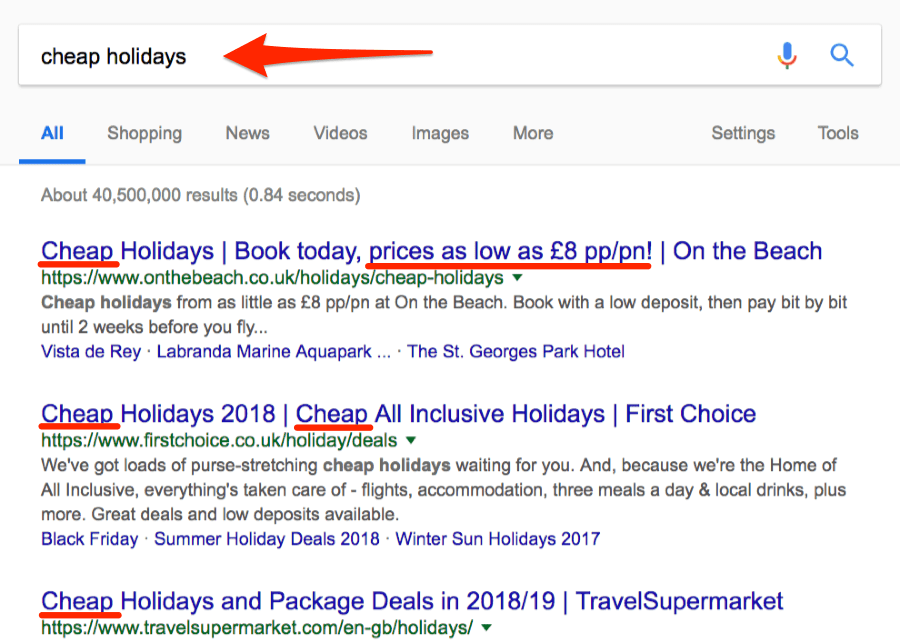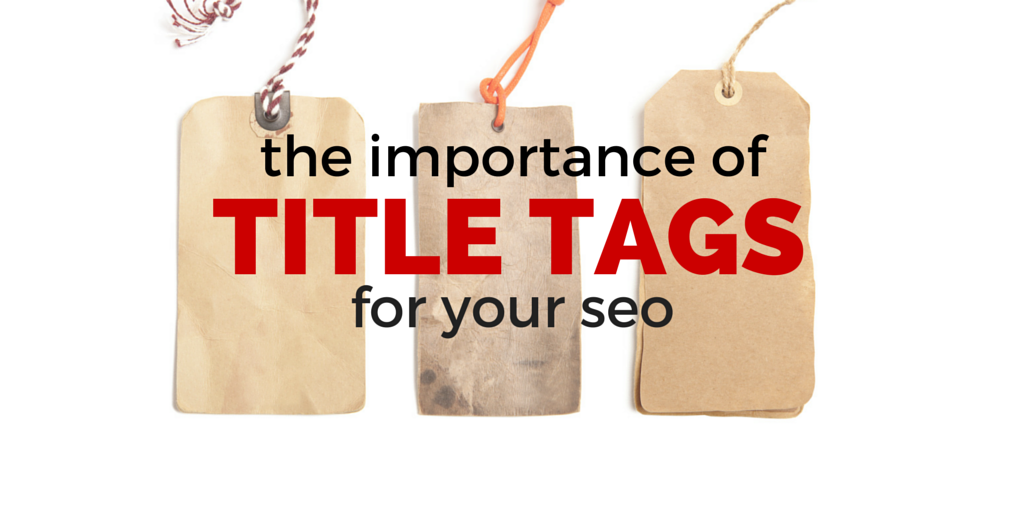The title tag is the most important element on a webpage and you must know How to write a title tag. That’s because it tells search engines what your site is about, and gives people who are browsing the web an idea of what to expect before they click on your link. With that in mind, you should always take time to make sure that this detail reflects accurately what your website has to offer. Check out these 7 tips to know What makes an effective title tag?
What Is A Title Tag?

A title tag is a text that appears on a browser tab or in search engine results to identify your blog post. It’s also displayed at the top of Google search pages and shared links from other blogs. Title tags are an important marketing tool for getting more people to see your content, as they’re often one of the deciding factors when someone decides to click on a link.
What makes an effective title tag?
Mentioned below are the tips on How to write a title tag.
-
Use no more than 66 characters

This is the most important rule of all. Your title tag may be truncated in search engine results pages (SERPs) if it exceeds 66 characters, and you’ll lose valuable space for keywords or branding messages that could otherwise help your post rank higher on Google’s SERP page.
-
Consider what you want the page to accomplish
What is the purpose of your page? What are you trying to say or accomplish with it? This will help determine what words and phrases to use in your title. For example, if you’re creating a blog post about how recent SEO changes have affected rankings for keywords that had previously been profitable, you might want to include “SEO” and “profitability.”***
-
Ensure that your title tag represents your page correctly
The title tag is the most important part of your website’s metadata. This will be what search engines use to determine and rank your page, so make sure it represents you well! Make sure that your keyword appears in the first 65 characters. If not, you should include this information as a meta description on the page.
-
Prioritize the keyword
The key to a successful title tag lies in the keyword you would like your post’s content to be found for on Google. The first thing potential searchers see is that keyword, so it’s important not to just pick any word off the top of your head. Make sure there are at least three words before and after the main one if you want any chance of it being found.

-
Mention Your Brand Name
The title of your blog post should also mention the name of your brand. Though it may seem obvious, many bloggers skip this important step when creating their titles. In addition to being a missed opportunity for branding and exposure, not mentioning your company’s name in the headline can result in lower-traffic from search engines like Google or Bing.
-
Write attractive title tags
A title tag is an HTML element that provides a short description of the page. It’s what shows up in search engine results and social media feeds, so it needs to be attractive enough to get people clicking on your content or sharing it with their friends. The following tips should help you write more effective title tags.
-
Keep your brand name distinct from the page title
To separate your brand name from the page title, use a vertical dash (|) or a hyphen (-).
Do we hope that by reading this article, you may have got an idea about What makes an effective title tag? Follow the above-mentioned tips for some effective results.
